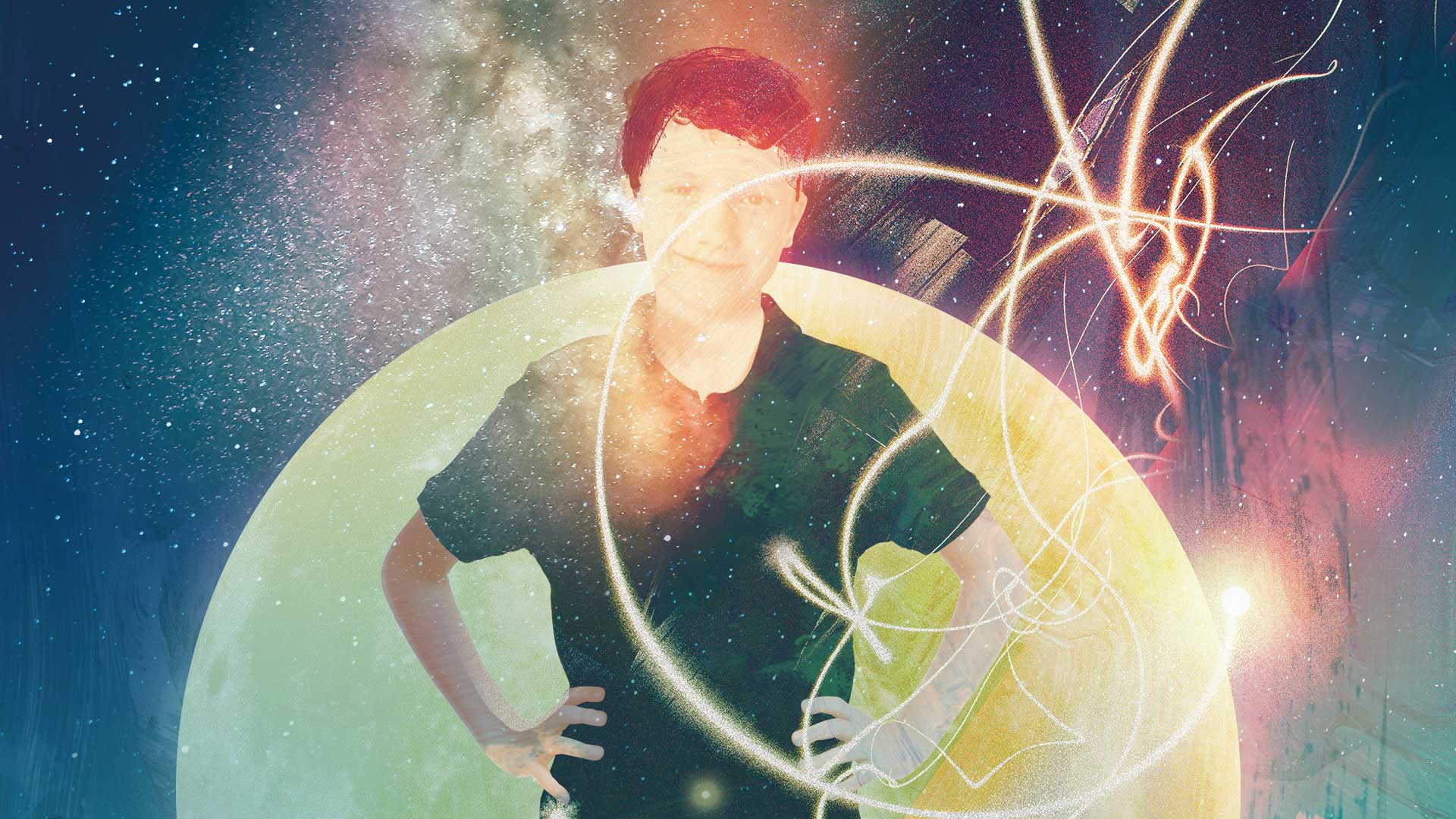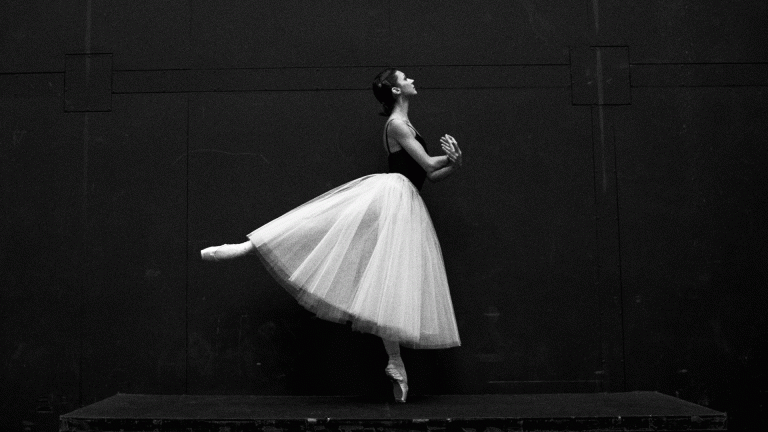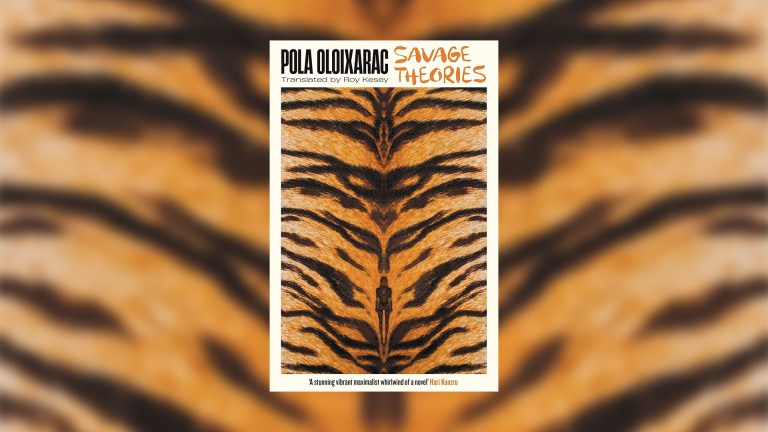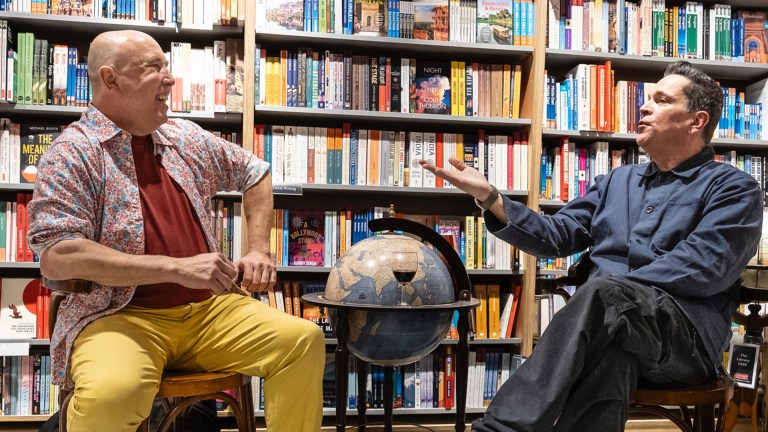“Pan,” Captain Hook cries out during their final battle, “who and what art thou?” Back comes the cocky reply “I’m youth, I’m joy, I’m a little bird that has broken out of the egg” – a remark that JM Barrie’s narrator dismisses as “nonsense”. But it would be equally nonsensical to expect any definition to fit Peter Pan without him giving it the slip. Lost child, action hero, egotistical monster, practical joker… you can’t pin him down any more than you can catch hold of your own reflection.
Since his first stage appearance, he has starred in countless theatrical productions worldwide, played by both male and female actors, and in at least 10 major films. In ET, a mother reads her daughter the episode in which Tinker Bell is brought back to life, shortly before her son does something similar for his extra-terrestrial friend. In the US version of Queer as Folk, a character is assured that he will “always be young, and always be beautiful”, and is nicknamed ‘Peter’ by a female friend he calls ‘Wendy’. Peter Pan has inspired the creation of statues, a ballet, a type of rounded collar, the girl’s name ‘Wendy’, a brand of peanut butter and a 190-metre long Scandinavian car ferry. Appropriately enough, Pan is everywhere.
His creator is similarly elusive. In his dedication to the script he published in 1928, Barrie pointed out that if you try to recall the past you end up having to force open a crammed drawer in your mind. “If you are searching for anything in particular you don’t find it,” he explained, “but something falls out at the back that is often more interesting.” And when it came to the creation of Peter Pan, there seem to have been two especially interesting things lurking at the back of his own mind.
The first was a traumatic event that happened in his childhood and created a psychological wound he spent the rest of his life delicately probing. In January 1867, when Barrie was six years old, his older brother David was killed in a freak skating accident on the eve of his 14th birthday. His mother was broken by grief, and Barrie started to think of boyhood as a state that was as fragile as a soap bubble unless it was preserved in photographs and stories. “He was a boy only,” he wrote of his hero in Tommy and Grizel, a novel he published in 1900. “He was a boy who could not grow up.”
Peter Pan has become the perfect self-image of an age that is obsessed with age
The other thing that increasingly occupied Barrie’s mind was his friendship with young brothers George, Jack and Peter Llewelyn Davies, whom he met in 1897 in Kensington Gardens. Today this sort of relationship might be viewed with more suspicion, but at the time Barrie seemed like an ideal companion for three small boys. He knew a lot about cricket, he could waggle his ears and make his eyebrows move up and down like trained caterpillars and above all he told the boys magical stories, one of which involved them flying off to Neverland to fight with pirates and swim with mermaids. In 1904 the story became a play, and soon it was clear that Barrie had created an instant classic.
Peter Pan quickly became as familiar a part of the Christmas season as turkey or Santa Claus. In fact, for several decades revivals of Barrie’s original production remained largely unchanged from one year to the next. The same sets and costumes were recycled; the same bits of stage business were copied. But of course none of this could muffle the sound of the crocodile – the clock that was always ticking, always on the prowl. One by one, those close to Barrie died, including Michael Llewelyn Davies, another member of the family he had adopted, who drowned while swimming in Oxford, and George, who was killed in the First World War.









